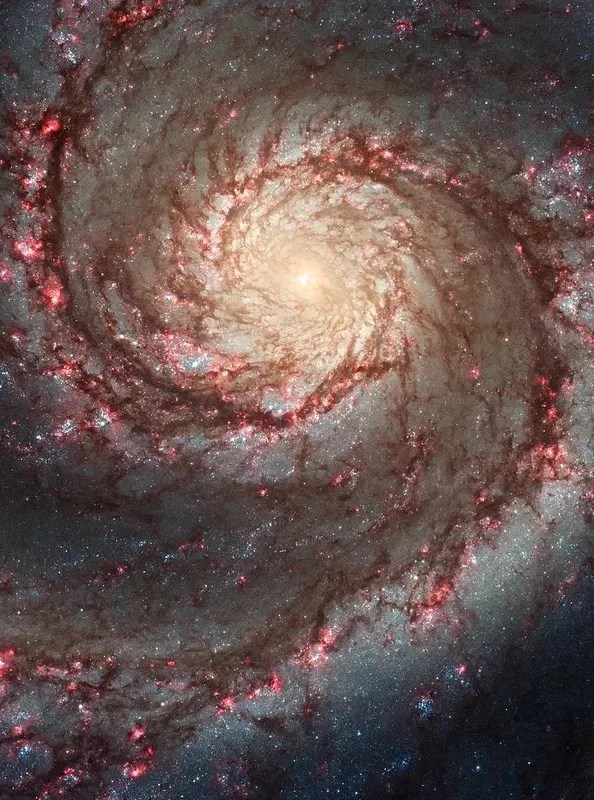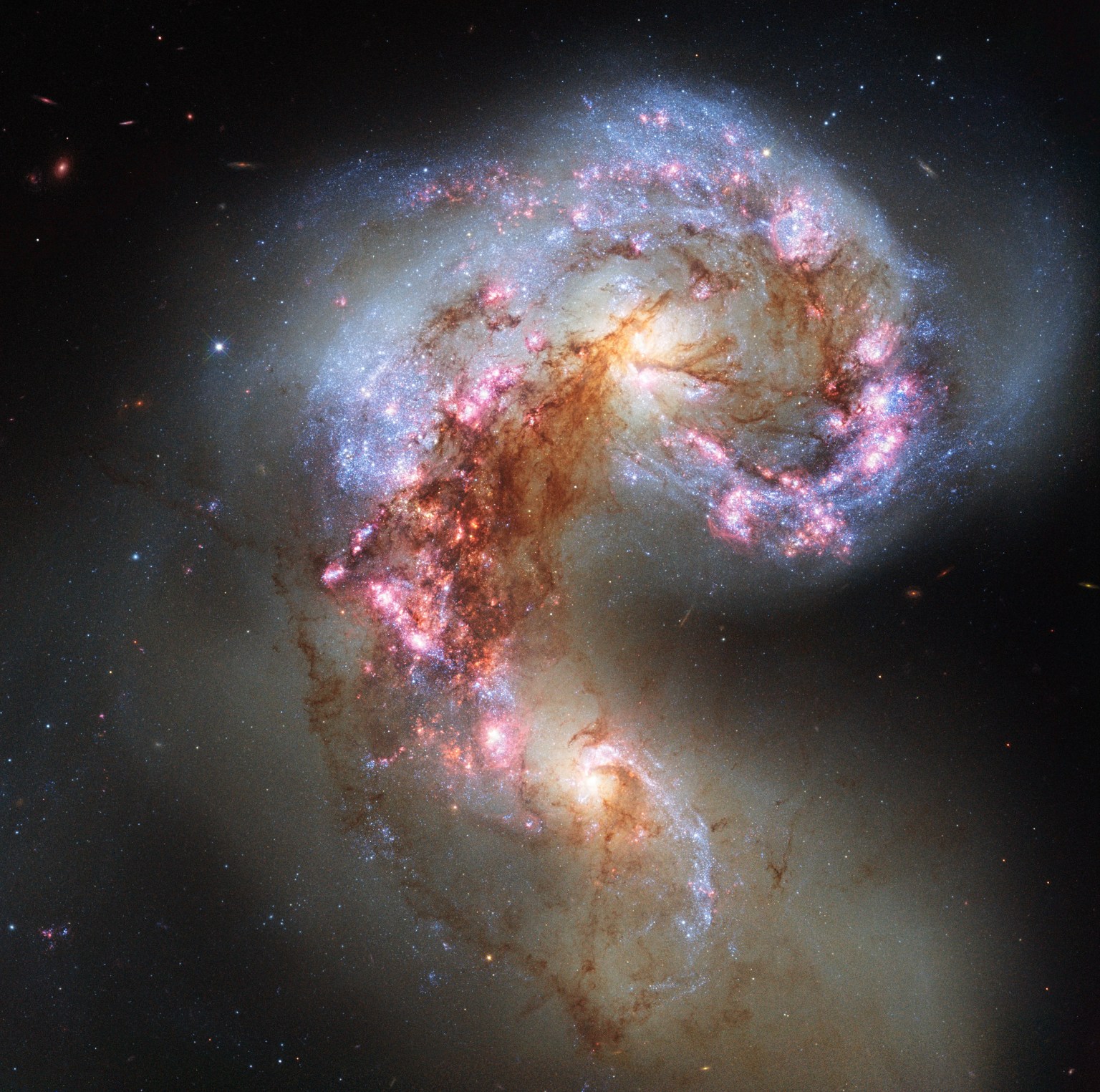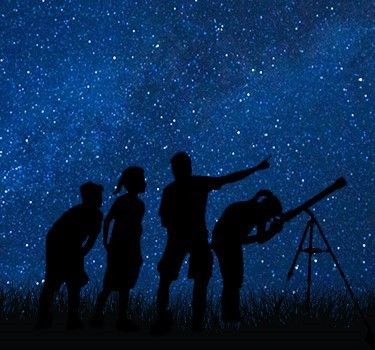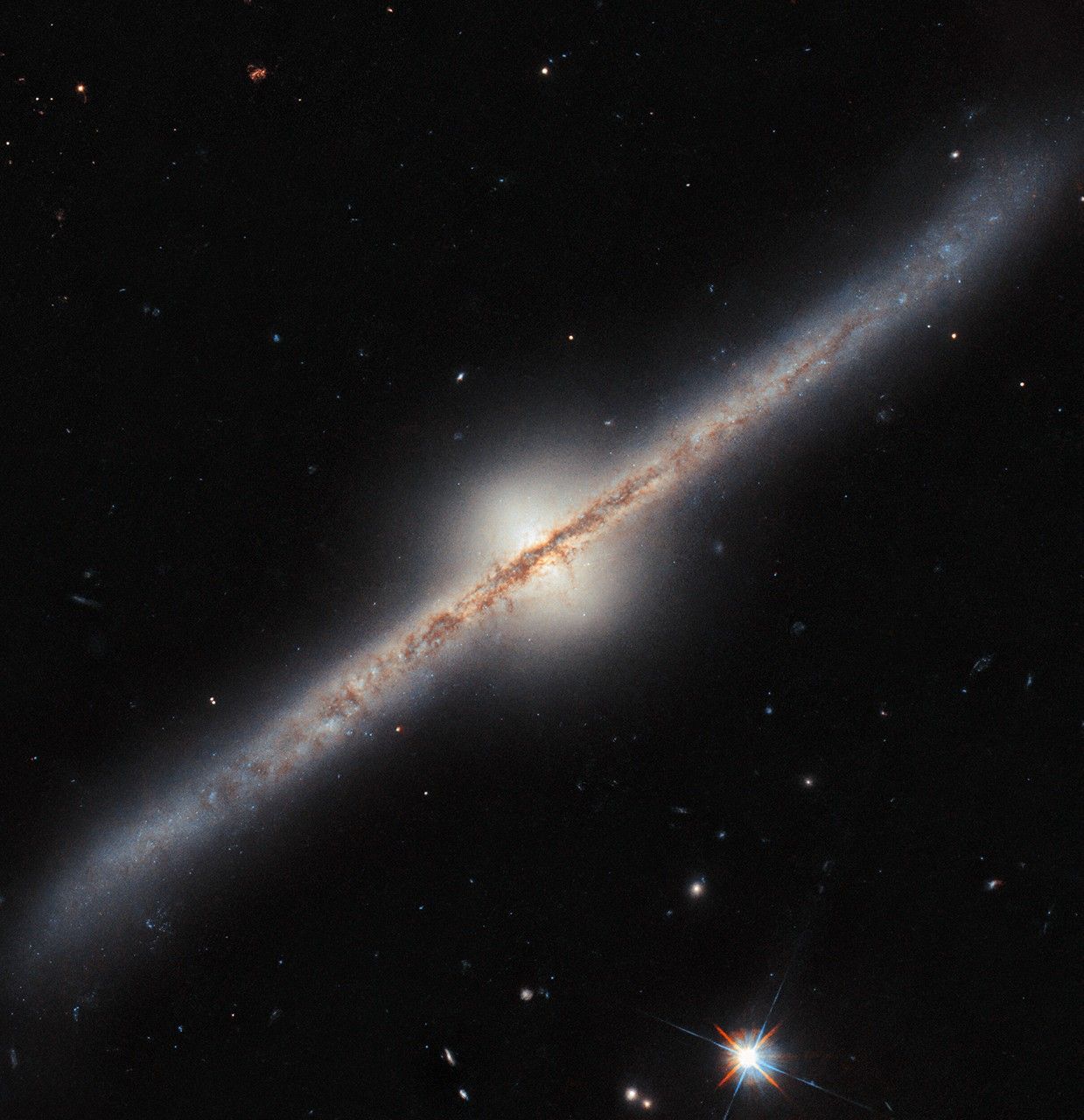Hubble Space Telescope Home Hubble Captures an Edge-On… Hubble Space Telescope Hubble Home Overview About Hubble The History of Hubble Hubble Timeline Why Have a Telescope in Space? Hubble by the Numbers At the Museum FAQs Impact & Benefits Hubble’s Impact & Benefits Science Impacts Cultural Impact Technology Benefits Impact on Human Spaceflight Astro Community Impacts Science Hubble Science Science Themes Science Highlights Science Behind Discoveries Hubble’s Partners in Science Universe Uncovered Explore the Night Sky Observatory Hubble Observatory Hubble Design Mission Operations Missions to Hubble Hubble vs Webb Team Hubble Team Career Aspirations Hubble Astronauts News Hubble News Hubble News Archive Social Media Media Resources Multimedia Multimedia Images Videos Sonifications Podcasts E-books Lithographs Fact Sheets Glossary Posters Hubble on the NASA App More Online Activities 2 min read
Hubble Captures an Edge-On Spiral with Curve Appeal 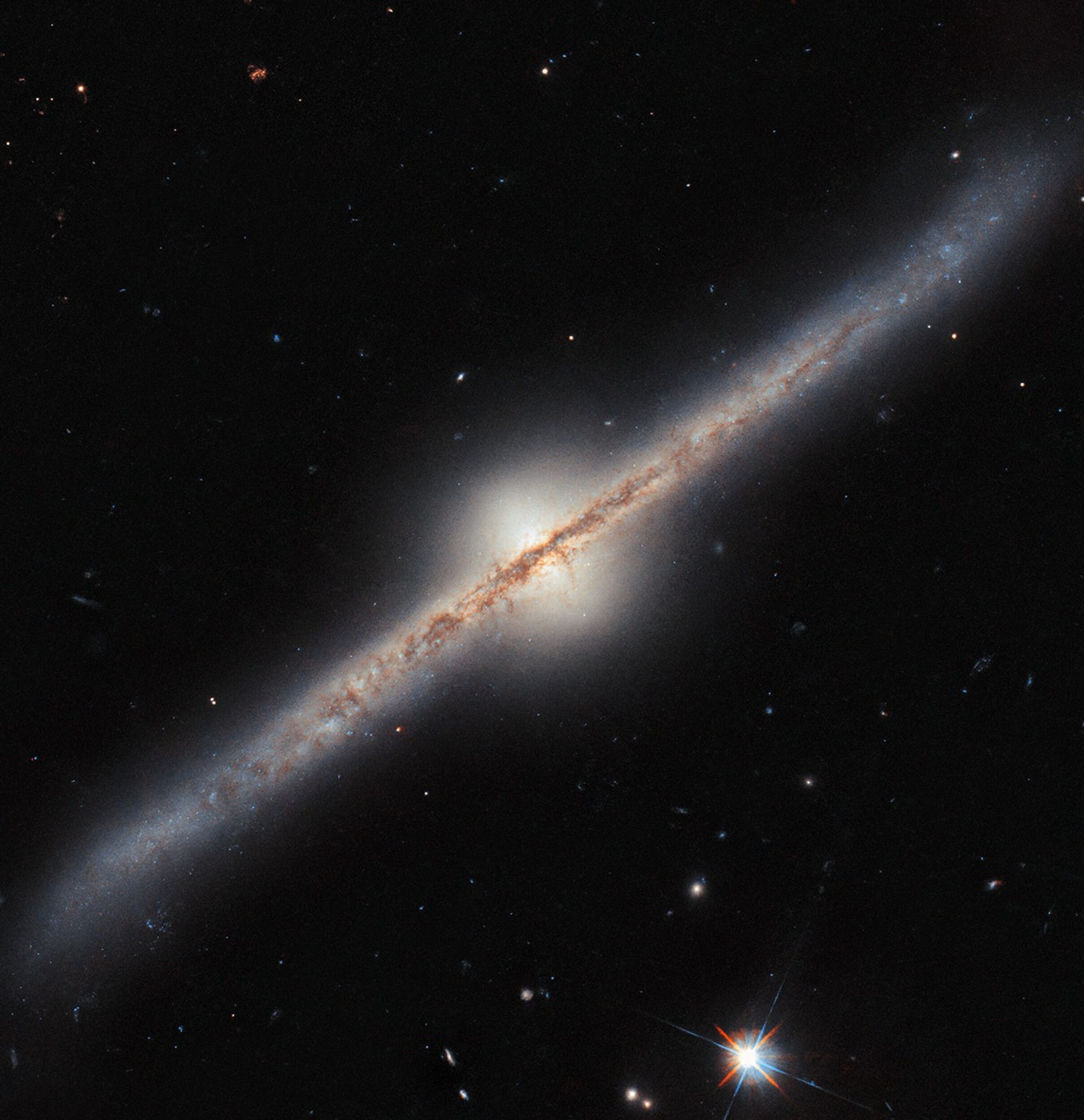 This NASA/ESA Hubble Space Telescope image features spiral galaxy UGC 10043. ESA/Hubble & NASA, R. Windhorst, W. Keel
This NASA/ESA Hubble Space Telescope image features spiral galaxy UGC 10043. ESA/Hubble & NASA, R. Windhorst, W. Keel
Download this image
This NASA/ESA Hubble Space Telescope image features a spiral galaxy, named UGC 10043. We don’t see the galaxy’s spiral arms because we are seeing it from the side. Located roughly 150 million light-years from Earth in the constellation Serpens, UGC 10043 is one of the somewhat rare spiral galaxies that we see edge-on.
This edge-on viewpoint makes the galaxy’s disk appear as a sharp line through space, with its prominent dust lanes forming thick bands of clouds that obscure our view of the galaxy’s glow. If we could fly above the galaxy, viewing it from the top down, we would see this dust scattered across UGC 10043, possibly outlining its spiral arms. Despite the dust’s obscuring nature, some active star-forming regions shine out from behind the dark clouds. We can also see that the galaxy’s center sports a glowing, almost egg-shaped ‘bulge’, rising far above and below the disk. All spiral galaxies have a bulge similar to this one as part of their structure. These bulges hold stars that orbit the galactic center on paths above and below the whirling disk; it’s a feature that isn’t normally obvious in pictures of galaxies. The unusually large size of this bulge compared to the galaxy’s disk is possibly due to UGC 10043 siphoning material from a nearby dwarf galaxy. This may also be why its disk appears warped, bending up at one end and down at the other.
Like most full-color Hubble images, this image is a composite, made up of several individual snapshots taken by Hubble at different times, each capturing different wavelengths of light. One notable aspect of this image is that the two sets of data that comprise this image were collected 23 years apart, in 2000 and 2023! Hubble’s longevity doesn’t just afford us the ability to produce new and better images of old targets; it also provides a long-term archive of data which only becomes more and more useful to astronomers.
Facebook logo @NASAHubble @NASAHubble Instagram logo @NASAHubble Media Contact:
Claire Andreoli
NASA’s Goddard Space Flight Center, Greenbelt, MD
claire.andreoli@nasa.gov
Details Last Updated Nov 21, 2024 Editor Andrea Gianopoulos Location NASA Goddard Space Flight Center Related Terms Astrophysics Astrophysics Division Galaxies Goddard Space Flight Center Hubble Space Telescope Spiral Galaxies
Keep Exploring Discover More Topics From Hubble Hubble Space Telescope
Since its 1990 launch, the Hubble Space Telescope has changed our fundamental understanding of the universe.

